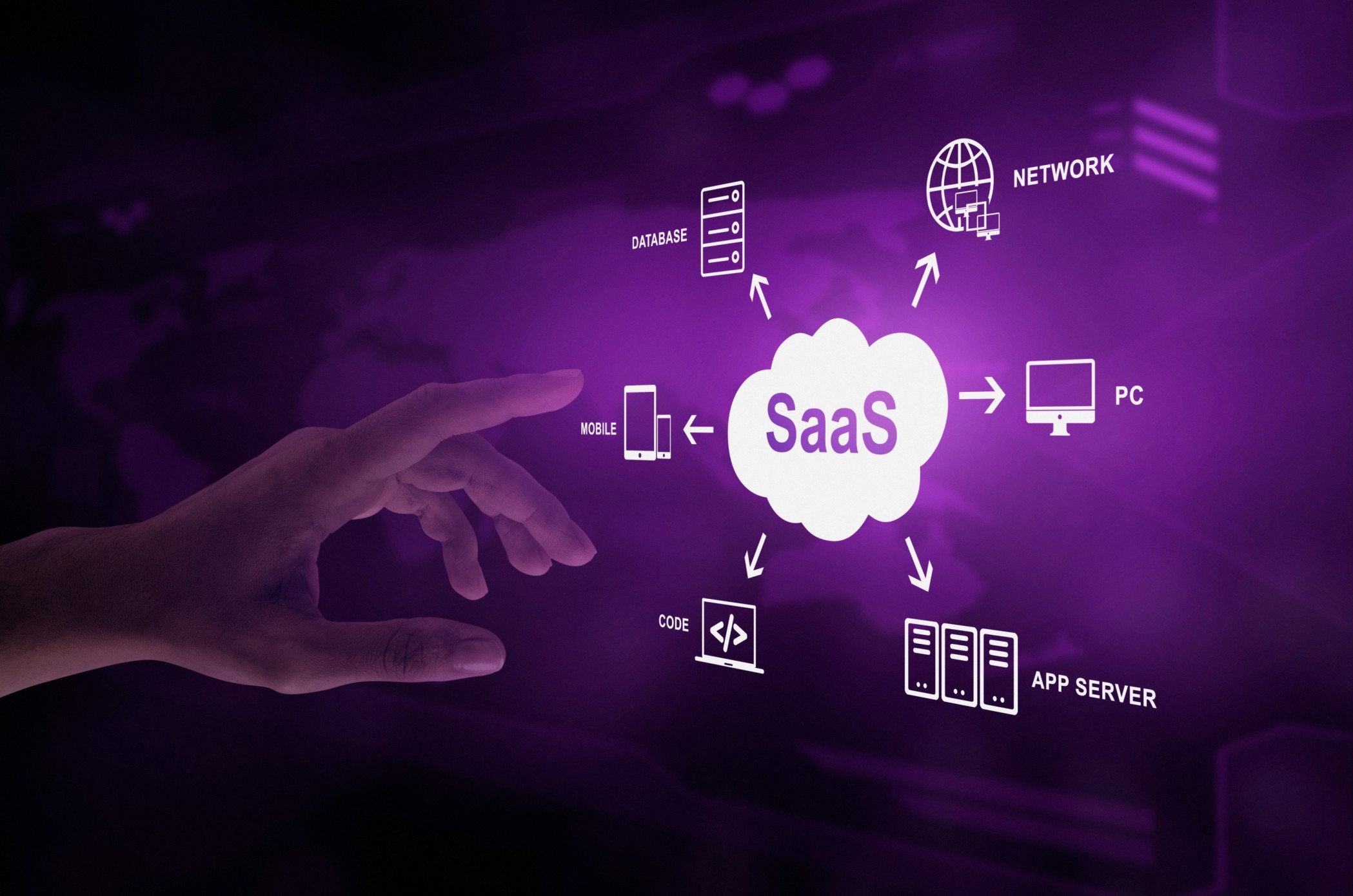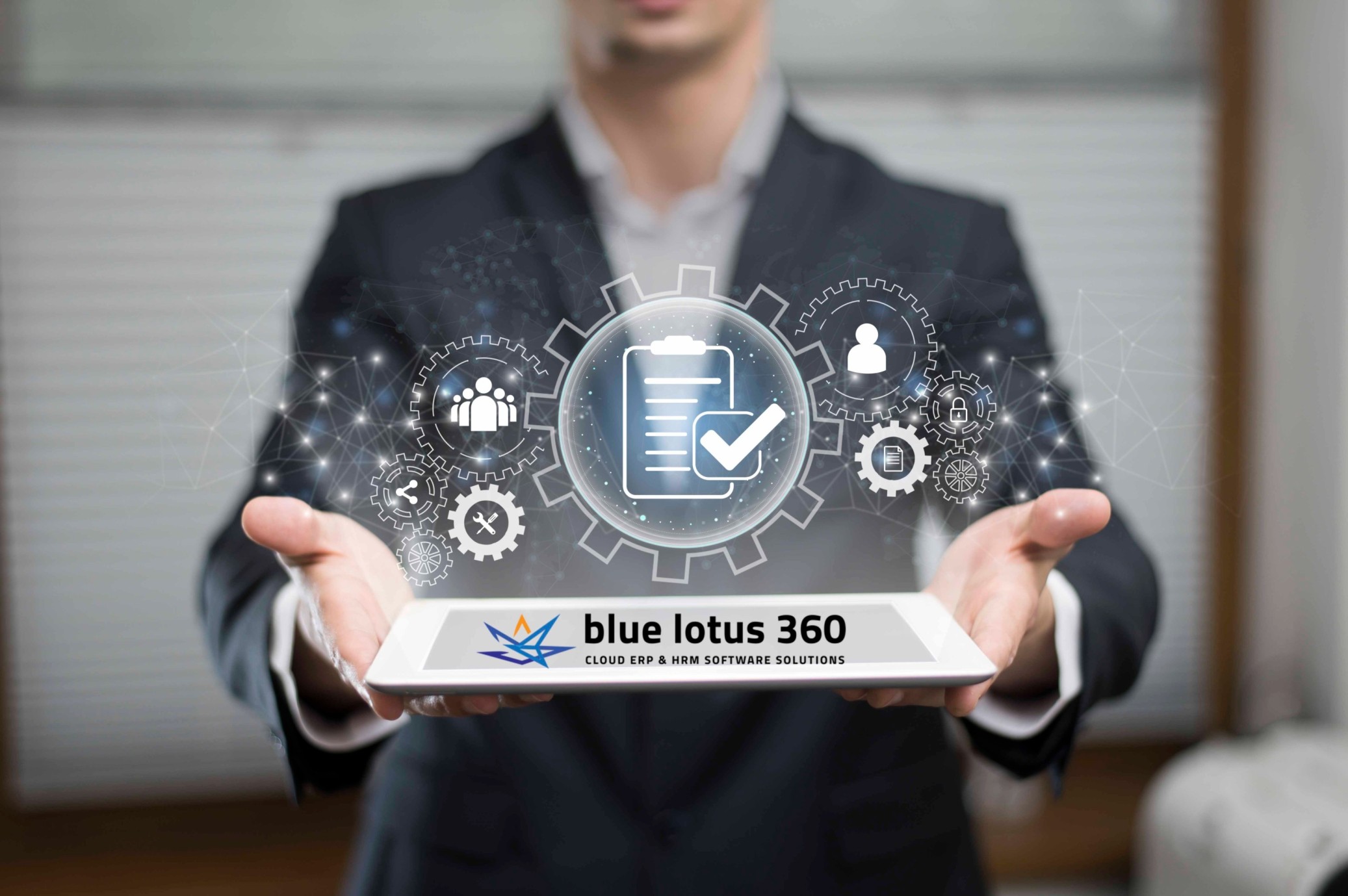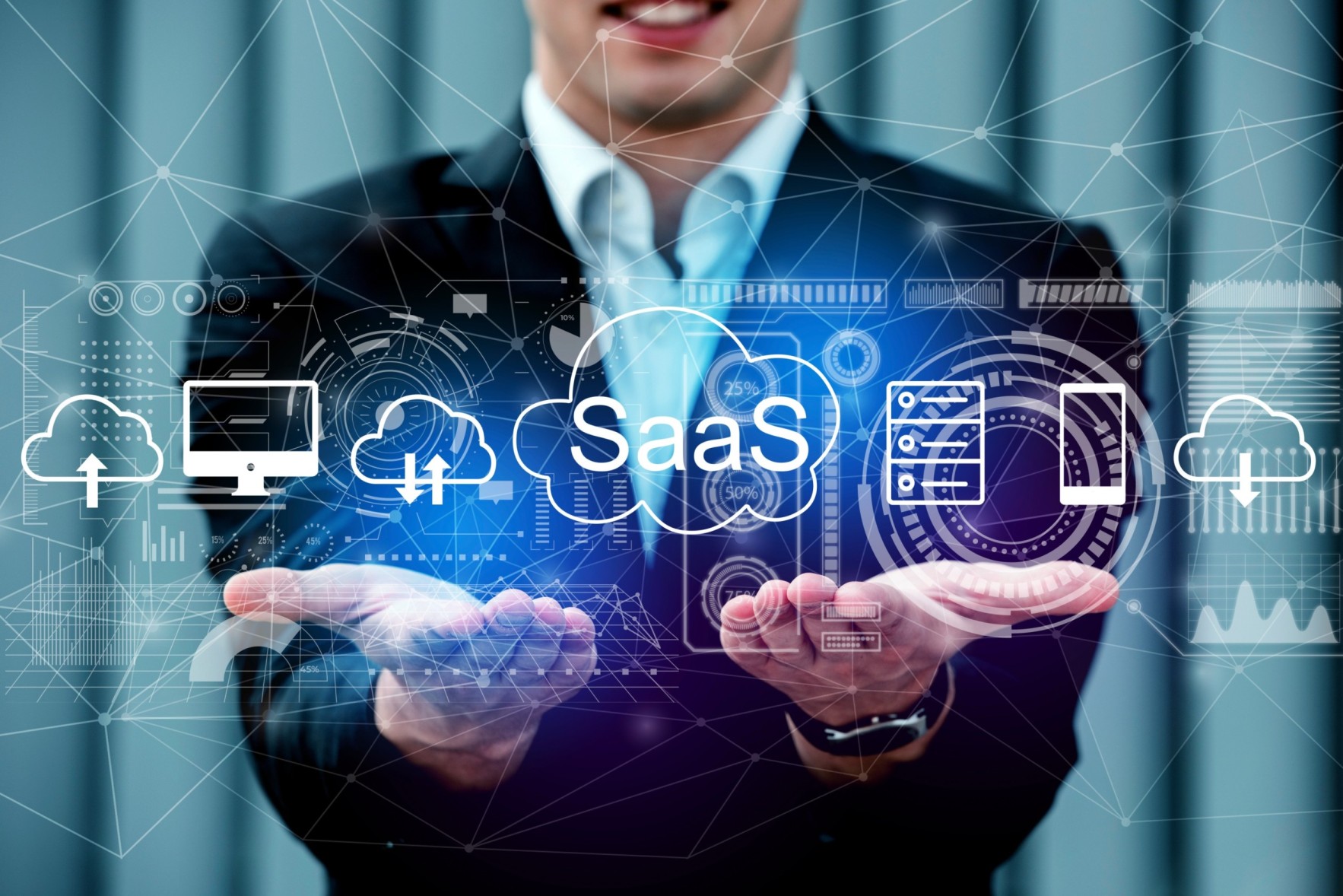What is the difference between SaaS and traditional ERP? Traditional ERP is an on-premise ERP solution, while Saas is a cloud-based solution.
Do you want to learn more about how they differ and find the ideal one for you? Read ahead!
What Is Traditional ERP?
Traditional ERP systems are on-premise solutions in which the business installs the software on its in-house servers. They are managed internally and require specific hardware, software, license, implementation, and maintenance costs.
The following are the benefits of Traditional ERP:
- Customization
- Data control
- Security
- Offline capabilities
- Integration with legacy systems
In traditional ERP solutions, companies manage the software themselves. Thus, it can be expensive and time-consuming at certain times, as specific individuals and costs are incurred to handle it.
What Is Saas ERP?
SaaS ERP is a cloud-based solution. The software is hosted and handled by a third-party provider. The business can access the system using the Internet, but it is not located on any of the company’s on-premise servers.
The following are the benefits of SaaS ERP:
- Lower upfront costs
- Scalable
- Automatic updates
- Remote access
- Faster implementation
- Flexible
A cloud-based solution works based on a subscription fee, or the business may pay the software owner a monthly or annual fee.
SaaS ERP VS Traditional ERP
Upfront Costs
In on-premises solutions, the business has to pay for the ERP software, including additional costs such as hardware (servers and other equipment), maintenance, staff requirements, and more! Hence, the cost incurred for it is generally higher than the SaaS ERP.
In Saas ERP, the business pays a subscription or fee to the third-party provider.
Hence, SaaS ERP has a lower upfront cost than on-premise solutions.
Updates
Updates can be made in on-premise solutions, but they require ideal IT expertise, additional payment for updates, and more! In Saas software, the business needs only a stable internet connection for an update, and its cost will be covered mainly by the subscription fee.
Hence, the updates are easily accessible in Saas ERP compared to on-premise solutions with less hassle.
Implementation
To implement a traditional ERP, the business needs to purchase many pieces of equipment, which comes with many implementation costs. However, in on-premise solutions, the business needs only to pay a subscription fee and obtain the credentials to access the solution.
The implementation process in Saas ERP is much easier than that in traditional ERP.
Accessibility
On-premises solutions are located on local machines or internal servers. So, they cannot be used remotely and should be used by professionals in the office. However, in Saas ERP, the workers need only an internet connection and can access the solution remotely.
Thus, SaaS ERP makes the solution more accessible to anyone with a strong internet connection anywhere in the world.
Final Thoughts
In conclusion, there are many differences between Saas ERP Vs traditional ERP, as discussed above.
Since SaaS ERP is very effective in the long run, many reliable businesses offer it. Check out Bluelotus360, which provides the best “ERP software UK” and has branches in Canada and Sri Lanka!













